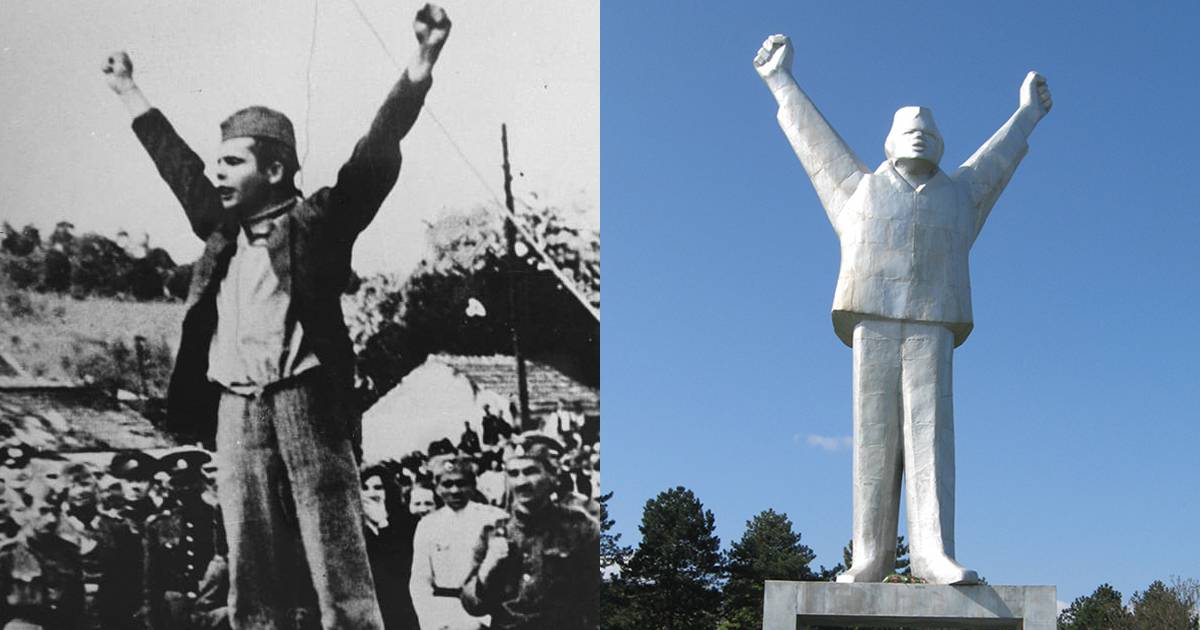Final meals and final words are often pretty prosaic affairs and statements in of themselves. However, they are lent a greater solemnity and importance than they otherwise would have because of the close presence of the Grim Reaper. Following are thirty things about some final words, final meals, and final feasts from history.

30. The Murderer Who Insisted That He Be Executed
American criminal Gary Gilmore (1940 – 1977) gained national and international fame in the 1970s when he insisted that he be executed for a pair of murders he had committed in Utah. The son of an alcoholic conman, Gilmore had a highly unstable childhood, as his father roamed the US with his family in tow, and made ends meet wherever he landed with petty grifts before he skipped town. The father had a mean temper, and would often whip his children for little or no reason, and beat his wife as well. Gilmore turned to crime early, and at age fourteen, was sent to juvenile prison for auto theft.
He continued on the criminal path after his release and graduated to more serious crimes. In 1964, he was tried in Oregon for assault and armed robbery and got a fifteen-year sentence as a habitual offender. He got a conditional release in 1972, but within a month, was arrested for armed robbery. Violent behavior behind bars got him transferred from state prison to a federal maximum-security lockup in 1975. He was granted parole in 1976 and settled in Utah, where he soon resumed his no-good ways and took to drink, violence, and theft. Within a few months, he was back behind bars, this time for murder.

